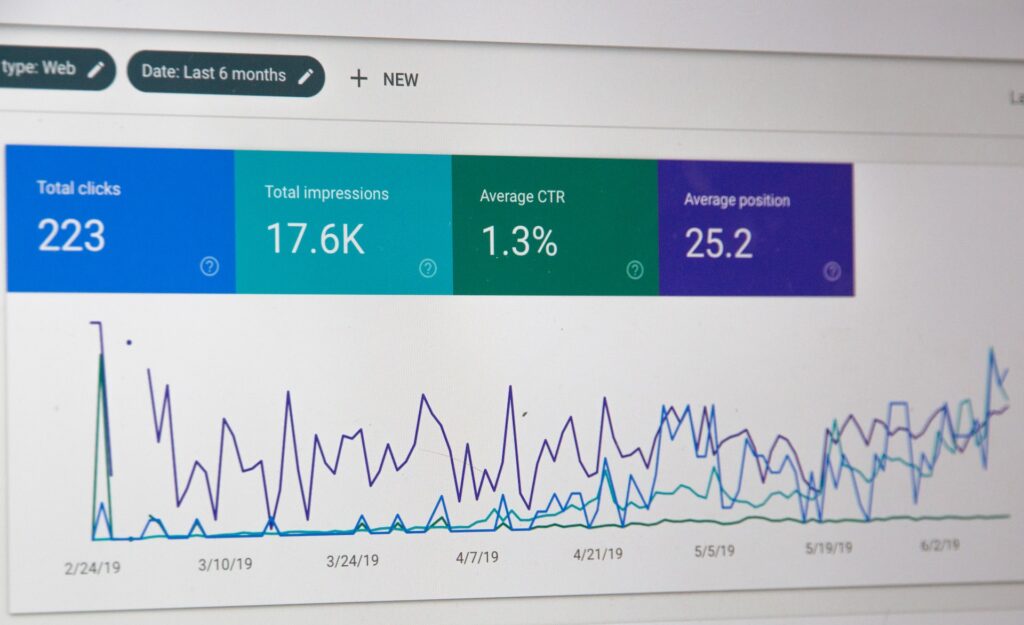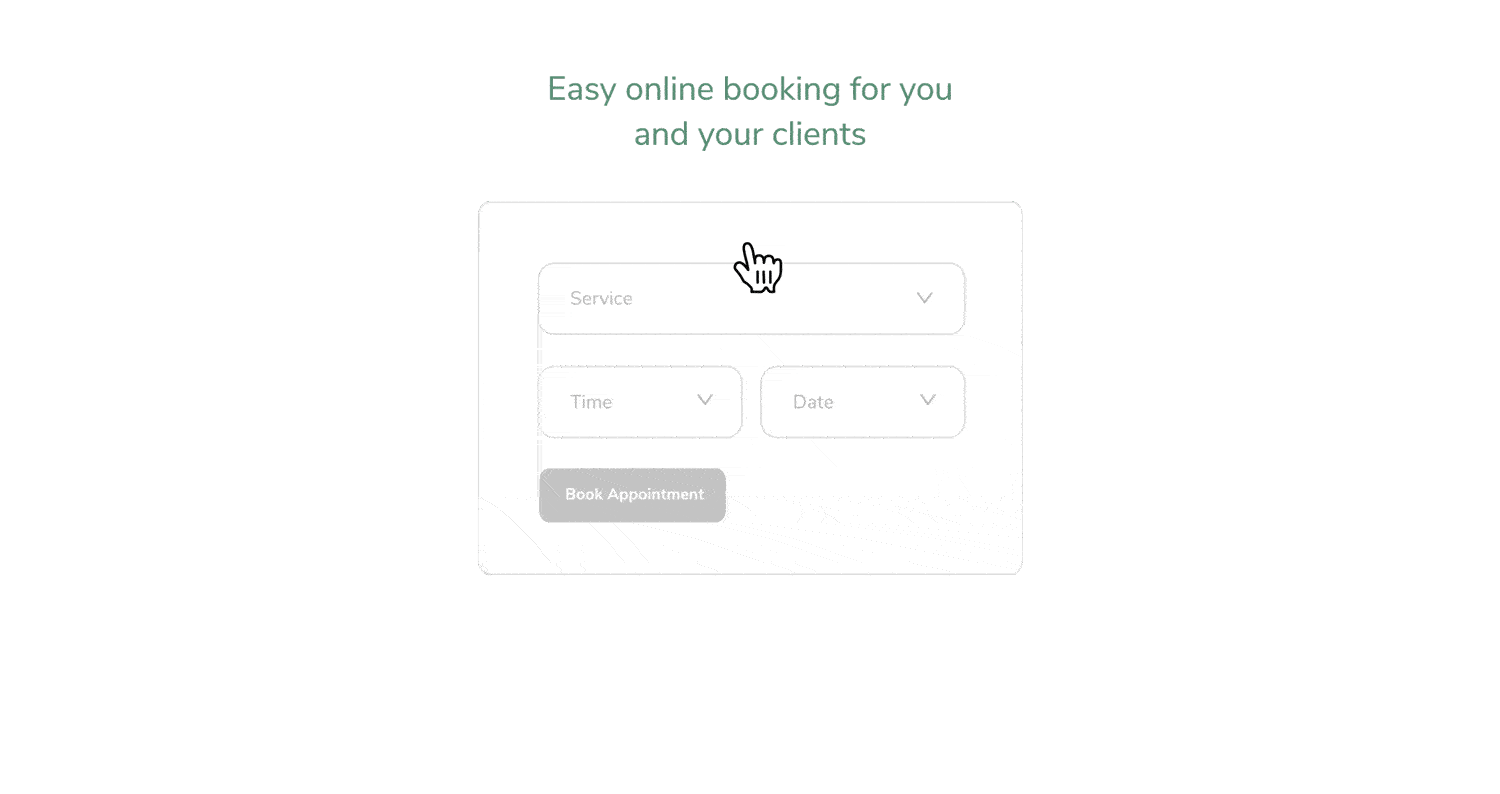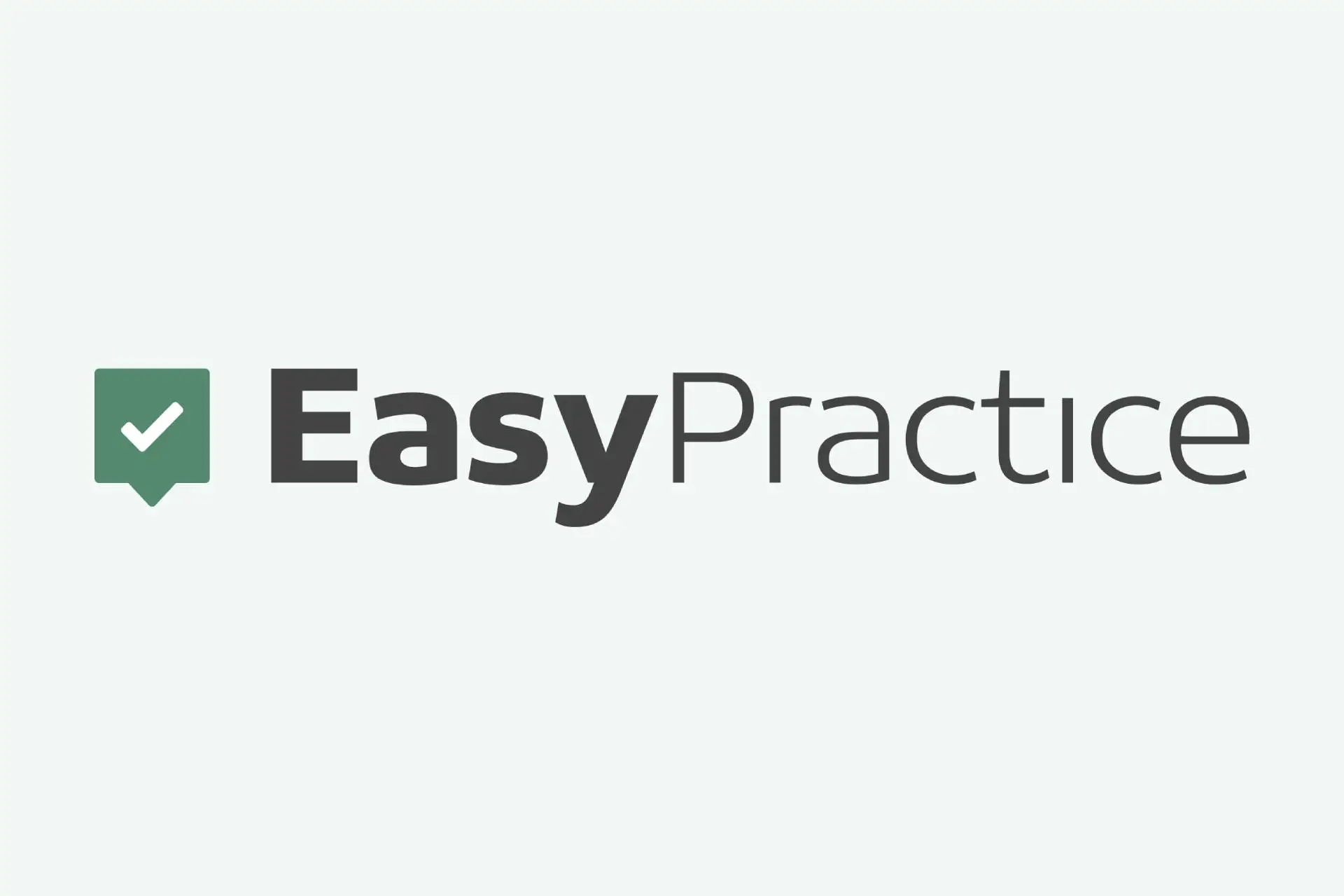As a therapist, you know how important it is to make a good first impression with your clients. The same principle applies when it comes to your practice website. Your therapy website is often the first point of contact with potential clients and serves as a reflection of your professional image. Therefore, building a website to promote your therapy services is a crucial step in building your practice.
In this blog post, we will discuss what makes a good therapist website and introduce a guide to building a website to promote your therapy services that attract potential clients and enhance your professional image.
1. Define Your Brand and Message

Before you build a Website for Psychological Therapy Practice for example you must define your brand and message. Your brand is the identity you want to portray to your clients, and your message is the core value you want to communicate through your therapy website. Defining your brand and message will help you to create a therapy website that reflects your personality, values, and expertise and creates a strong connection with potential clients.
In defining your brand, it’s essential to identify the unique qualities that make you stand out from other therapists. This could include your experience, approach, or values. Communicating your message clearly and concisely will also help to build trust and establish credibility with potential clients.
Your brand identity includes your logo, colour scheme, fonts, and other visual elements that make up your practice website’s look and feel. Your message, on the other hand, should convey your unique selling proposition (USP), which is the key value you offer to your clients that differentiates you from other therapists.
Once you have defined your brand and message, you can use them to guide the design and content of your website, making sure it resonates with your target audience and effectively communicates your core values. In this blog post, we talked about this topic in detail.
2. Choose a Professional Design

Your practice website’s design is critical to making a good impression on potential clients. A professional design can help you to establish credibility and trust, while a poorly designed website can turn potential clients away. Therefore, it’s crucial to choose a professional design and build a Website for Psychological Therapy Practice for example that reflects your brand identity and message and enhances the user experience.
When choosing a design for your practice website, consider the following:
- Choose a responsive design that looks great on a desktop, tablet, and mobile device, ensuring that your website is accessible to all potential clients regardless of their device.
- Use a simple and clean layout that’s easy to navigate, providing a seamless browsing experience and helping visitors find the information they need.
- Use a colour scheme that reflects your brand identity, making sure to choose colours that complement each other and enhance your message.
- Choose fonts that are easy to read, ensuring that your content is legible and accessible to all visitors.
- Use high-quality images that relate to your therapy practice and message, helping to create a professional and visually appealing website.
If you’re not sure how to choose a design, consider hiring a professional web designer or using website builders such as Wix or Squarespace, which offer pre-designed templates that you can customize to fit your brand identity.
3. Create Compelling Content

Your website’s content is the heart of your online presence. It’s where you communicate your expertise, values, and therapy approach to potential clients. Therefore, it’s crucial to create compelling content that engages your audience and convinces them to book an appointment with you.
When creating content for your website, consider the following:
- Use clear and concise language that’s easy to understand, avoiding jargon or technical terms that might confuse potential clients.
- Address your target audience’s needs and pain points, making sure to communicate how your therapy services can help them.
- Communicate your unique selling proposition (USP), highlighting what sets you apart from other therapists and why potential clients should choose you.
- Provide information about your therapy approach and process, giving potential clients an idea of what to expect during therapy sessions.
- Include testimonials from satisfied clients, highlighting the positive impact your therapy services have had on their lives.
- Use calls to action (CTAs) to encourage visitors to book an appointment or contact you, making it easy for them to take the next step.
It’s also essential to optimize your content for search engines by including relevant keywords that potential clients might use to find your services. By incorporating these keywords into your content, you can improve your website’s visibility in search engine results and attract more potential clients to your therapy practice.
In addition, make sure that your content is well-organized and easy to navigate. Use headings and subheadings to break up large blocks of text, and use bullet points to highlight key information.
To ensure that your content is effective, put yourself in your target audience’s shoes. What questions do they have? What concerns do they need to address before booking an appointment with you? Address these questions and concerns in your content to build trust and establish yourself as an authority in your field.
Finally, it’s crucial to regularly update your website’s content to keep it fresh and relevant. This could include adding new blog posts, updating your service offerings, or sharing new research or insights in your field.
4. Make It User-Friendly

A user-friendly website is critical to providing a positive user experience for potential clients. A user-friendly website is easy to navigate, loads quickly and provides visitors with the information they need in a clear and concise way.
To create a user-friendly website, consider the following:
- Use a simple and intuitive navigation menu that’s easy to understand
- Make sure your website loads quickly on all devices
- Ensure that your website is mobile-friendly and responsive
- Include clear calls to action (CTAs) that encourage visitors to book an appointment or contact you
- Provide multiple ways for visitors to contact you, such as a contact form, phone number, and email address
Make sure your website is accessible to people with disabilities by using alt tags for images and ensuring that your website meets accessibility guidelines. By making your website user-friendly, you can provide potential clients with a positive experience that encourages them to take the next step and book an appointment with you.
5. Optimize for Search Engines

Search engine optimization (SEO) is the process of improving your website’s visibility in search engine results pages (SERPs). By optimizing your website for search engines, you can attract more potential clients to your website and improve your online visibility.
To optimize your website for search engines, consider the following:
- Research relevant keywords and include them in your website’s content, meta titles, and meta descriptions
- Use descriptive and relevant meta titles and meta descriptions that accurately describe your website’s content
- Use header tags (H1, H2, H3) to organize your content and make it easy to read
- Include alt tags for images to improve accessibility and provide context to search engines
- Make sure your website is mobile-friendly and loads quickly on all devices
- Regularly update your website’s content to keep it fresh and relevant
By optimizing your website for search engines, you can improve your online visibility and attract more potential clients to your website. In this blog post, we talked about this topic in detail.
6. Make it Easy to Book an Appointment

Your website should make it easy for potential clients to book an appointment or contact you. Therefore, you should include clear calls to action (CTAs) on your website that encourage visitors to take action.
You can use various methods to make it easy for potential clients to book an appointment or contact you, such as:
- Include a “Book Now” button on your website that takes visitors to your scheduling system
- Display your phone number and email address prominently on your website
- Use online scheduling tools such as Acuity Scheduling or Calendly to allow visitors to book appointments directly from your website
- Use web forms to collect visitor information and allow them to send you a message directly from your website
Making it easy for potential clients to book an appointment or contact you can help to increase conversions and grow your practice. All the features mentioned above and much more are available with EasyPractice 🙂
7. Ensure Your Website is Secure and Compliant

Your website should be secure and comply with relevant regulations and standards to protect your clients’ information and enhance your credibility.
Some steps you can take to ensure your website is secure and compliant include:
- Use secure hosting and TLS certificates to encrypt data and protect against hacking and cyber-attacks
- Comply with regulations such as HIPAA and GDPR depending on your location and the type of information you collect from your clients
- Display your privacy policy and terms of service prominently on your website
- Use secure online payment systems if you offer online payments
Ensuring your therapy website is secure and compliant can help to build trust with your clients and protect your practice from legal issues.
8. Provide Educational Resources

Your website can also serve as a valuable resource for your clients and potential clients. Providing educational resources such as blog posts, articles, and e-books can help to establish your expertise and build trust with your audience.
When creating educational resources, consider the following:
- Address common mental health issues and concerns
- Provide practical tips and strategies for managing mental health and wellbeing
- Use engaging visuals and multimedia content to enhance the learning experience
- Use a consistent voice and tone that reflects your brand identity
Providing educational resources can help to position your practice as a thought leader in
the field of mental health and build trust with potential clients.
9. Display Testimonials and Reviews

Adding a section for testimonials and reviews is a great way to showcase your expertise and build social proof. However, it’s important to ensure that the testimonials are genuine and from real clients. Using real names and photos can help to add authenticity and credibility to your testimonials.
To make the most of your testimonials, try to use a variety of testimonials from different types of clients with different experiences. This can help potential clients relate to the experiences of others and see how your therapy approach can benefit them. Highlight specific outcomes or benefits clients have experienced as a result of working with you. For example, if a client improved their relationship with their partner or overcame anxiety after working with you, make sure to include those details in the testimonial.
It’s also important to regularly update your testimonials and reviews to keep your website fresh and relevant. New testimonials can demonstrate that you are continuously helping clients and improving your practice. Additionally, displaying positive reviews on third-party websites, such as Google My Business or Yelp, can help to further enhance your online reputation and attract new clients.
When displaying testimonials and reviews, consider the following:
- Use real names and photos to add authenticity
- Use a variety of testimonials from different types of clients and with different experiences
- Highlight specific outcomes or benefits clients have experienced as a result of working with you
- Regularly update your testimonials and reviews to keep your website fresh and relevant
Displaying testimonials and reviews can help to build trust with potential clients. Additionally, you will increase the likelihood of them choosing to work with you.
Conclusion
A good therapist’s website should be visually appealing, easy to navigate and provide all the information potential clients need to make an informed decision about whether to work with you. It should also be secure and compliant, provide educational resources, and include testimonials and reviews to enhance your credibility. Finally, optimizing your website for search engines can help to increase your visibility and drive more traffic to your website. By following these tips, you can create a therapist website that helps to grow your practice and make a positive impact on the mental health and well-being of your clients.
Please do not hesitate to email us at [email protected] if you have any questions or require assistance with anything. We anticipate hearing from you.
Visit our Help Centre for thorough explanations if you already have an account here. Check out our other Blog posts for intriguing tips and articles if you’re not sure how some things function.

 alt EasyPractice logo
alt EasyPractice logo alt tab and computer
alt tab and computer alt Online scheduling
alt Online scheduling